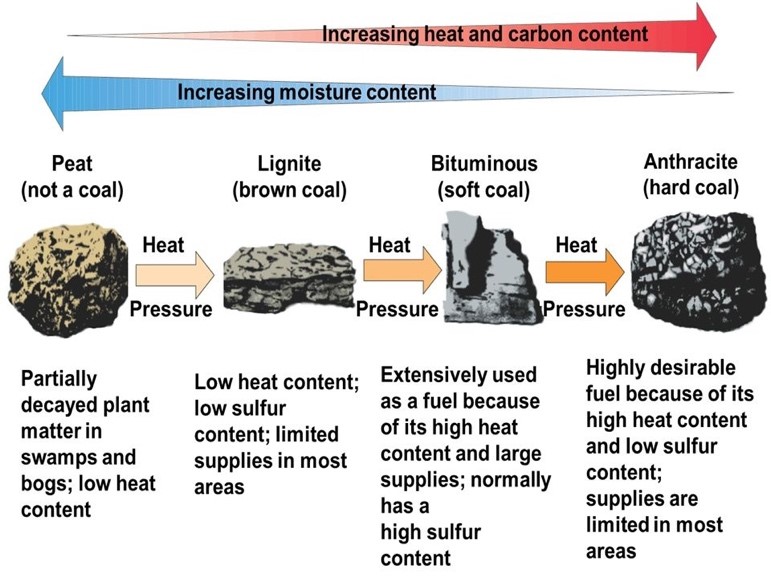Description

Disclaimer: Copyright infringement not intended
Context
- Goa Power Minister during a World Environment Day function expresses concern about the pollution caused by bitumen.
Details
Bitumen as a Major Cause of Pollution:
- He highlights bitumen used in road construction as a significant source of pollution.
- Emphasizes that 10 million tonnes of bitumen are required annually in India.
- Points out the emissions of pollutants into the atmosphere from bitumen.
Government Efforts to Combat Pollution:
- Union government's attempt to produce bitumen from rice to reduce pollution.
- Mention of the government's efforts to control air pollution caused by bitumen in all sectors.
Citizen Responsibility and Environmental Protection:
- He urges responsible citizens to address pollution daily.
- Highlighting the pollution levels in the Sal river, calls for collective efforts to keep it clean.
Shifting to Cleaner Energy Sources:
- Government's initiatives to explore alternatives to diesel for powering machines.
- Focus on using electricity or gas instead of diesel in the electricity department and infrastructure projects.
Importance of Sustainable Practices:
- He emphasizes the need to start with the basics for a sustainable future.
- Calls for adopting environmentally-friendly practices.
Coal and its Types
- Coal is a fossil fuel formed from the remains of plants that lived and died millions of years ago.
- It is one of the primary sources of energy globally and is used for electricity generation, industrial processes, and heating.
Anthracite Coal:
- Highest rank of coal with the highest carbon content and energy value.
- Hard and lustrous, with a high density and low moisture content.
- Produces intense heat and burns with a clean blue flame.
- Used primarily for heating and in industrial processes where high temperatures are required.
Bituminous Coal:
- Second-highest rank of coal with a relatively high carbon content.
- Softer than anthracite and has a black or dark brown appearance.
- Moderate energy value and commonly used for electricity generation and industrial applications.
- Most abundant type of coal worldwide.
Sub-bituminous Coal:
- Lower in carbon content compared to bituminous coal.
- Brown to black in color and has a lower energy value.
- Higher moisture content than bituminous coal.
- Primarily used for electricity generation due to its availability and lower cost.
Lignite Coal:
- Lowest rank of coal with the lowest carbon content.
- Soft and brown in color, often referred to as "brown coal."
- High moisture content and lower energy value compared to other coal types.
- Used mainly for electricity generation and as a fuel in some industries.
Peat:
- Not technically coal but an early stage in the formation of coal.
- Composed of partially decayed plant matter and has the lowest carbon content.
- High moisture content and low energy value.
- Used as a fuel in some regions for heating and cooking.
Location of Coal in India
Anthracite Coal:
- Location: Anthracite coal reserves are limited in India, with small deposits found in Jammu and Kashmir.
Bituminous Coal:
- Location: Bituminous coal deposits are widespread and found in several states, including Jharkhand, West Bengal, Odisha, Chhattisgarh, Madhya Pradesh, Maharashtra, and Telangana.
- Notable regions with significant bituminous coal reserves include the Jharia coalfield in Jharkhand and the Raniganj coalfield in West Bengal.
Sub-bituminous Coal:
- Location: Sub-bituminous coal reserves are primarily found in eastern and central parts of India.
- Key regions with substantial sub-bituminous coal deposits include Chhattisgarh, Madhya Pradesh, Odisha, and Assam.
Lignite Coal:
- Location: Lignite coal reserves are mainly concentrated in southern India.
- Prominent regions with significant lignite coal deposits include Tamil Nadu, Gujarat, Rajasthan, and parts of Jammu and Kashmir.
|
PRACTICE QUESTION
Q. Which of the following is the most likely impact of the continued burning of coal on the environment?
(A) Increased levels of carbon dioxide in the atmosphere, leading to climate change.
(B) Increased levels of sulfur dioxide and nitrogen oxides in the atmosphere, leading to acid rain.
(C) Increased levels of mercury in the atmosphere, leading to mercury poisoning.
(D) All of the above.
Answer: D
|












